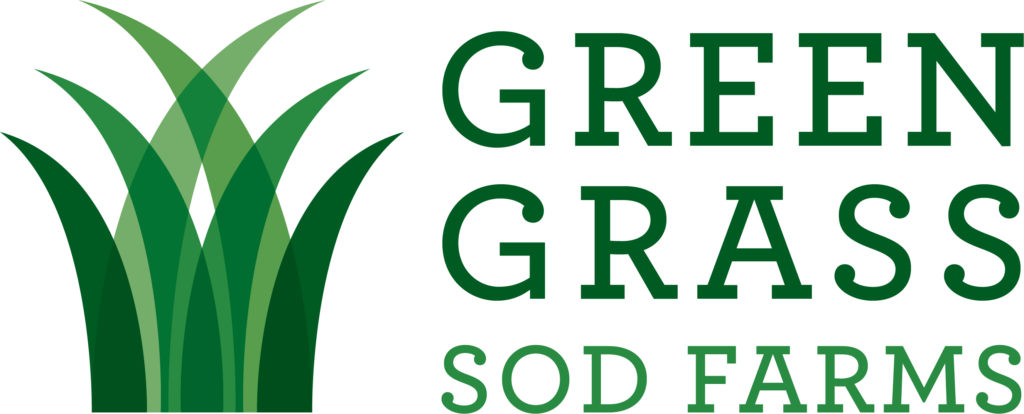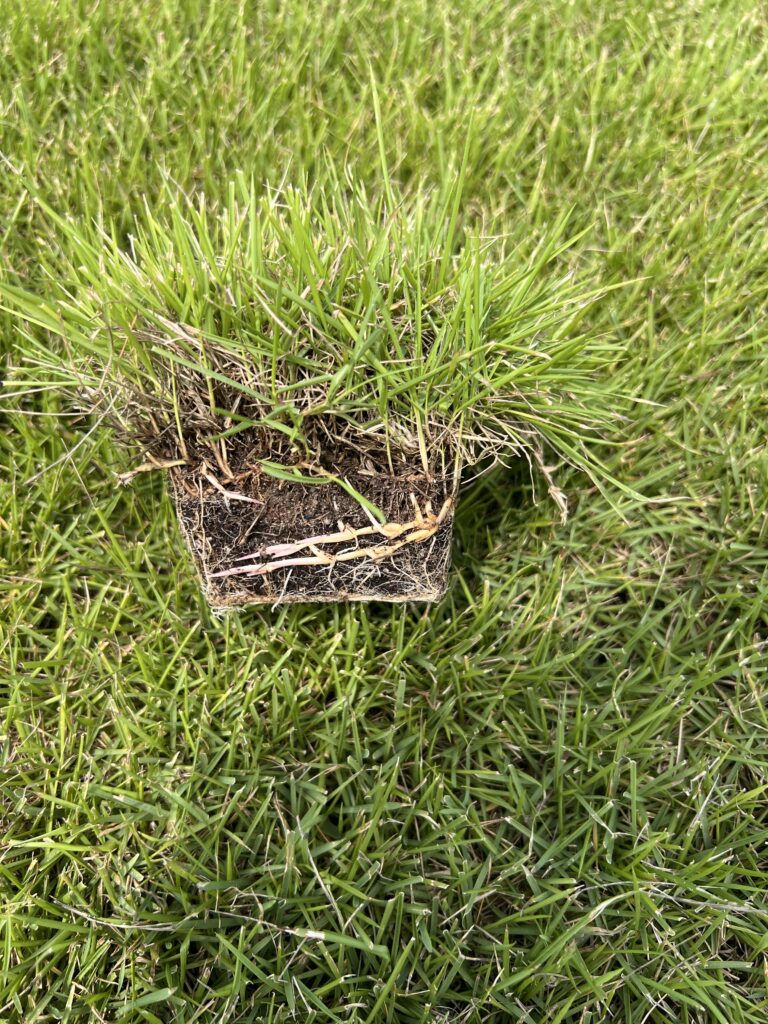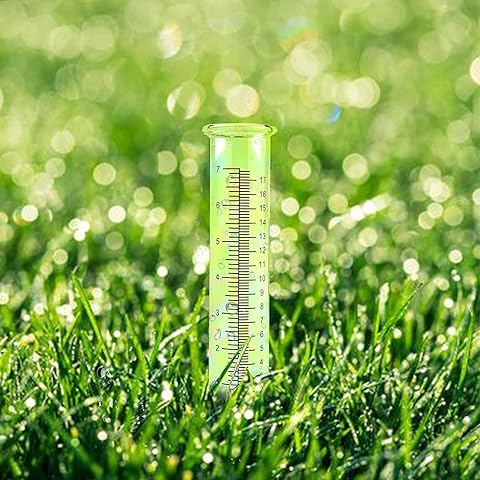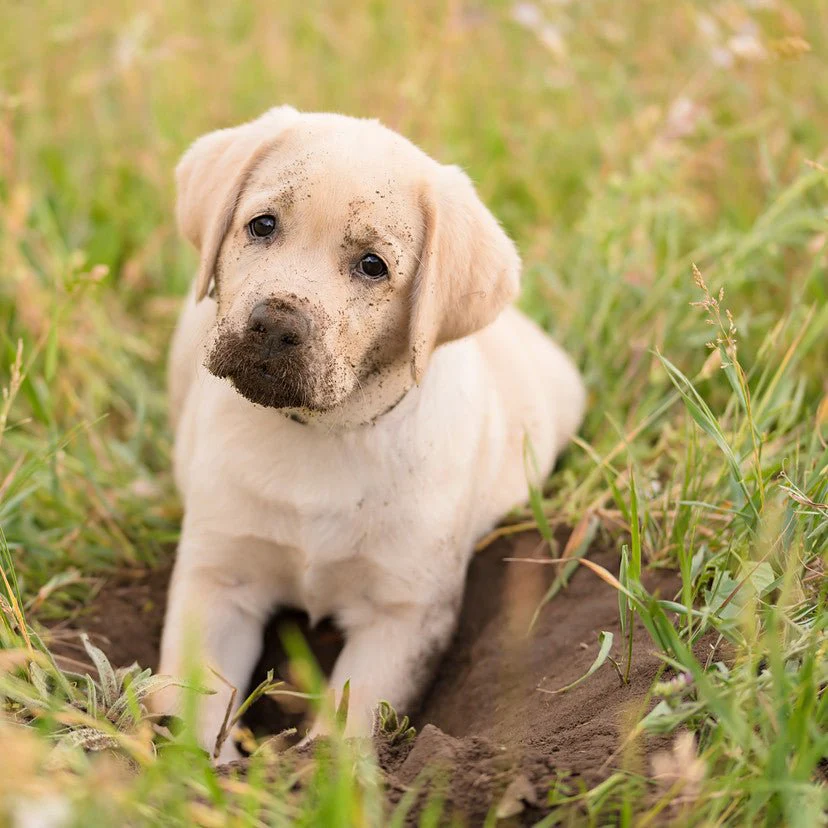Do you want to replace some or all of your lackluster lawn with fresh, new sod? Because you do not have to struggle to start new grass from seed, a layer of sod can be a cost- and time-effective means to spruce up a lawn and prevent landscape deterioration.
But given how much extra work you will do in order to remove the existing grass, should you just lay down the new sod over it? The answer is usually no. Learn five reasons why.
1. The Height Will Change
If you replace just a portion of an existing lawn – perhaps an area that already died or suffered damage – laying new sod on top of the current layer means raising the height of the sod. The new section may be visibly different depending on how much grass is underneath. In addition to not matching, this can cause new drainage issues.
2. Roots May Struggle
While sod has a thin layer of soil to get it started, the grassroots must take hold in the ground quickly to keep it healthy and thriving. But the more space between your new grassroots and that soil, the more challenging for these to knit together. In addition to a larger area, the old lawn forms a barrier that may physically prevent root growth.
3. Gaps Create Problems
Anyone who has ever tried to lay down a layer of anything on top of uneven existing material likely knows how hard removing gaps and bubbles are. This is one reason why sod preparation includes removing all the debris and rocks from the ground before the sod arrives.
If you skip this step, gaps will likely end up in your sod layer despite your best efforts. This allows water to pool and puddle, sometimes causing rot and other times preventing water from reaching the lower levels. Air bubbles and empty spaces can also cause misalignments of gas, nutrients, and minerals.
4. Problems May Return
Why are you replacing your old lawn sections? If you have struggled with an infestation or invasive plants or need a grass species more suited to the climate, you may not want anything left from the old grass. Without thoroughly removing the plants, tilling the soil, and possibly treating it, anything still in the ground can easily come back to cause new trouble. This includes weeds, old grass, pests, and disease.
5. You Will Have To Prep Anyway
The idea of simply rolling out new sod on top of the old grass sounds like a big time-saver. But even this plan is more complex than it seems. You still need to reduce the height of the grass as much as possible, sometimes over multiple mowing and trimming sessions. You may need to kill the grass, so it does not block the new sod from taking hold. And you will have to fix whatever problems caused the problem in the first place.
If you spend significant time and work to prep this site anyway, this may not be as great a shortcut as you want. You will have to do plenty of work and may still end up with a subpar result.





